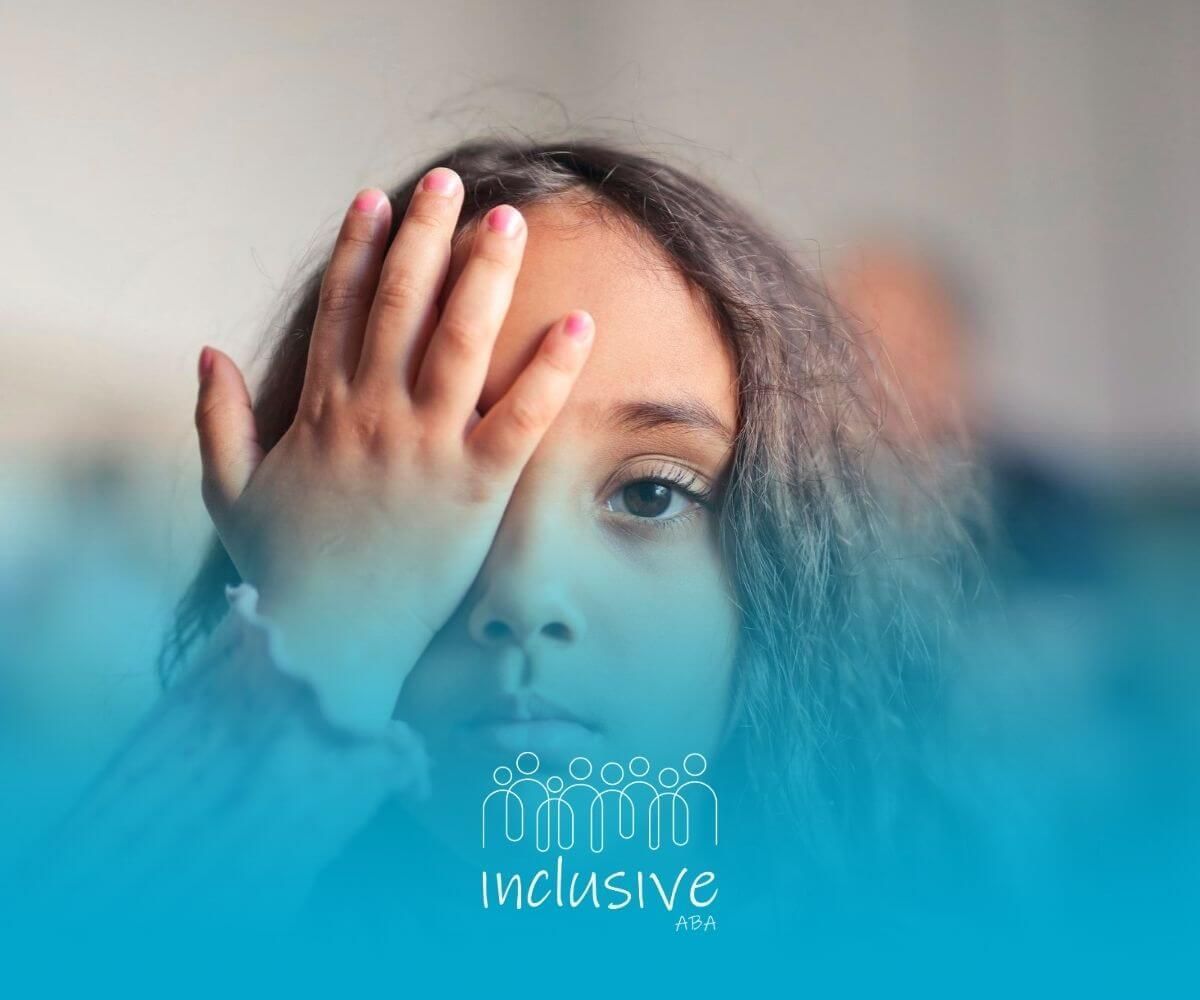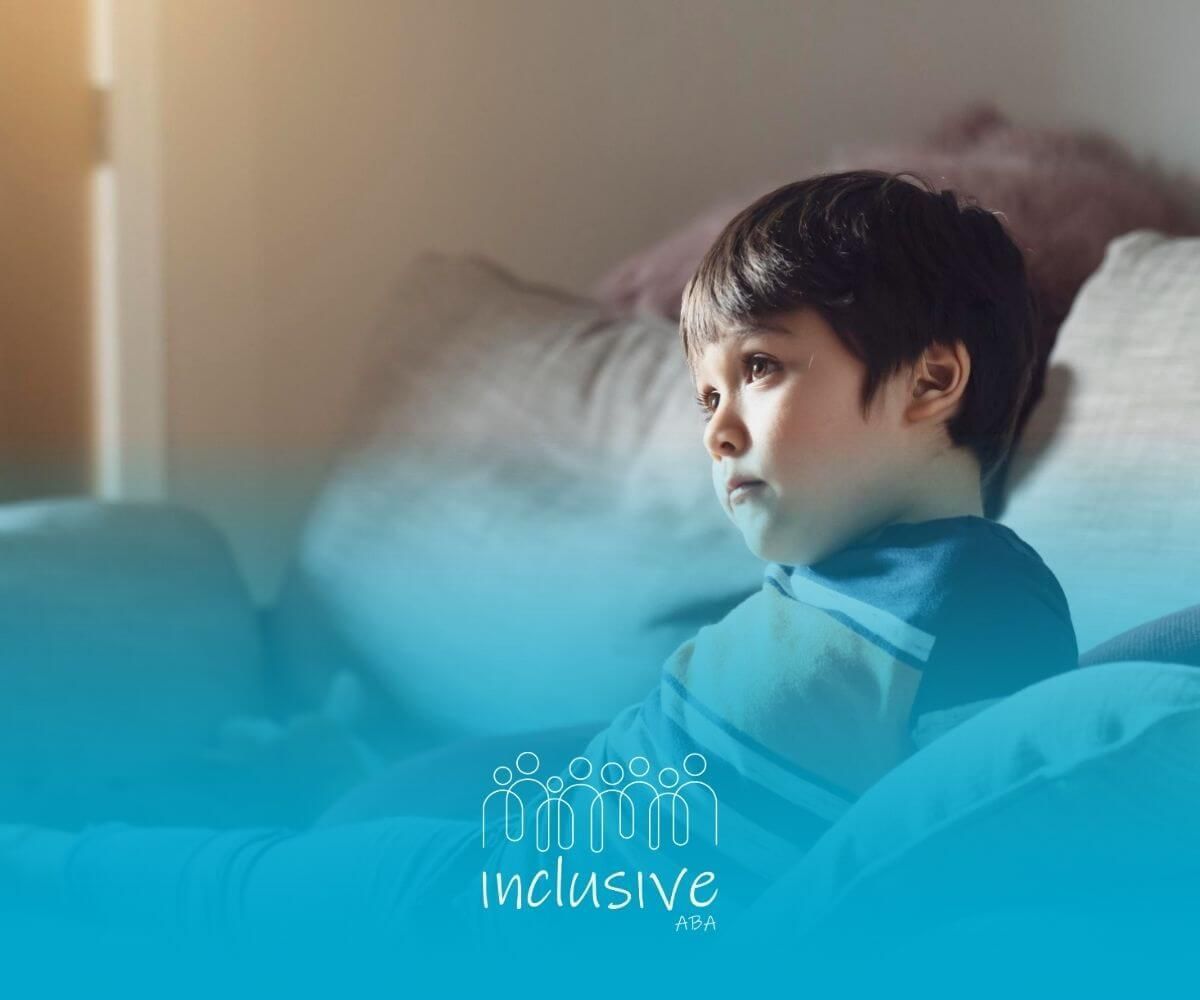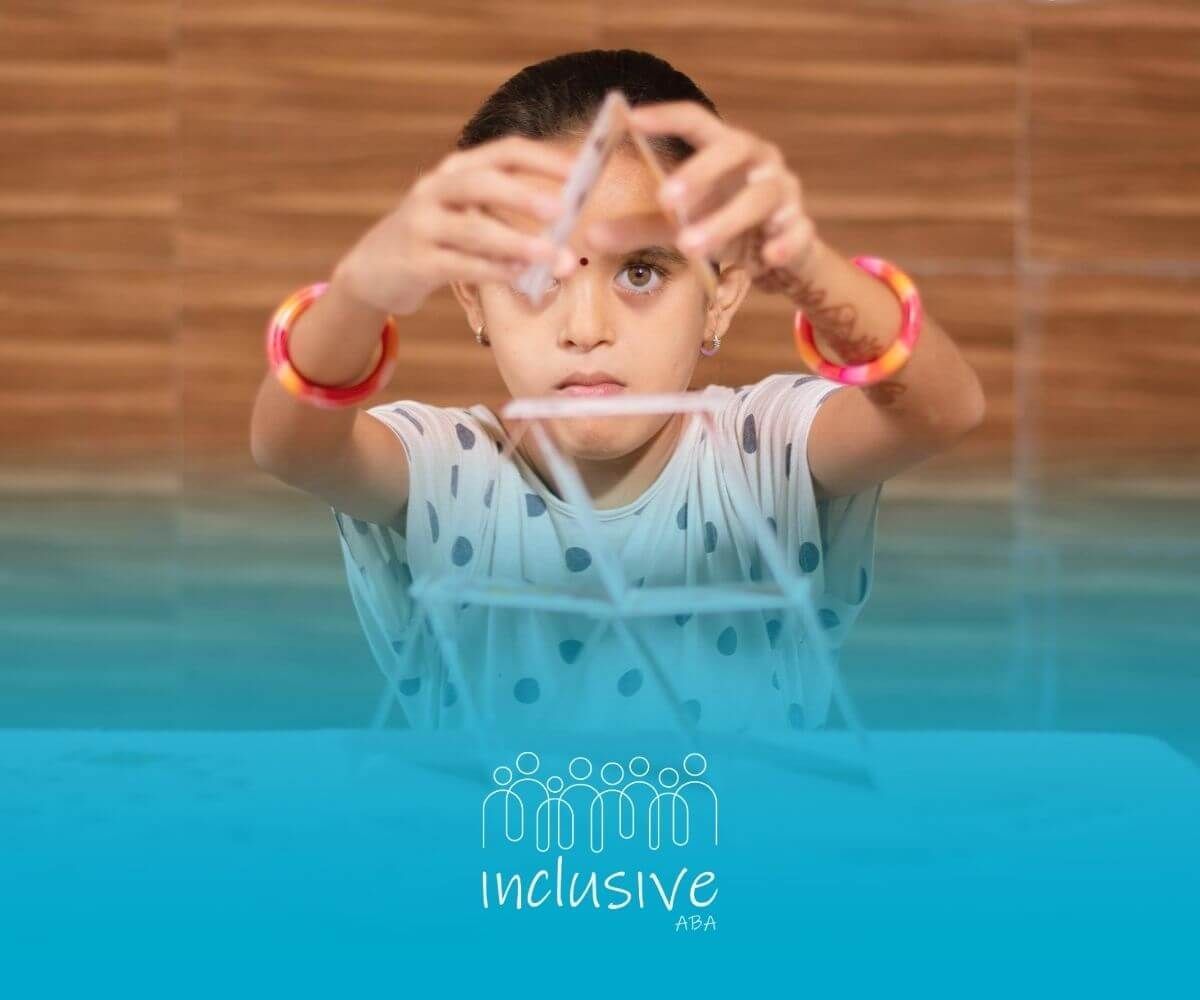How ABA Therapy Supports Anger Control in Autism
When parents come to me for help, anger is one of the first things we talk about. I’ve heard everything from “He throws things when he’s frustrated” to “She screams and shuts down when things change.”
Anger can look different for every autistic child — but it almost always has one thing in common: it’s communication.
Anger isn’t just a “behavior problem.” It’s a signal. It tells us that a child is overwhelmed, frustrated, or trying to express something they can’t yet put into words. As an ABA clinician, my goal isn’t to stop the anger — it’s to understand it, and then teach safer, more effective ways to express it.
That’s where Applied Behavior Analysis (ABA) becomes a powerful tool for emotional growth and self-regulation.
Understanding Anger in Autism
Anger is a natural emotion, but for children with autism, it can feel bigger and harder to control. That’s because autism often comes with unique challenges in communication, sensory processing, and flexibility.
When a neurotypical child feels frustrated, they might say, “I’m mad” or “This is hard.” But a child with autism might not have the words — or might not even realize what they’re feeling. Instead, they show anger through behaviors like yelling, hitting, or running away.
In ABA therapy, we take a step back and look at what’s really happening before, during, and after those moments. We ask questions like:
- What triggered the frustration?
- What was the child trying to communicate?
- What did they gain or avoid by reacting that way?
By identifying those patterns, we start to understand the function of the behavior — the “why” behind the anger.
Common Triggers of Anger in Autism
After years of working with autistic children, I’ve seen some consistent triggers that lead to outbursts or meltdowns. Recognizing them early helps parents respond more calmly and effectively.
- Sensory overload: Loud noises, bright lights, strong smells, or crowded spaces can overwhelm a child’s senses.
- Communication barriers: Not being able to express a need — like hunger, pain, or confusion — often leads to frustration.
- Changes in routine: Autistic children thrive on predictability, so unexpected changes can trigger anxiety or anger.
- Unclear expectations: If instructions are vague or too complex, the child may become frustrated and shut down.
- Social misunderstandings: Difficulty reading body language or tone can make interactions confusing and stressful.
When I work with families, one of the first steps is helping them notice these patterns and track them. That awareness alone often reduces the frequency of outbursts.
How ABA Therapy Helps with Anger Management
ABA therapy for anger management doesn’t focus on suppressing anger — it focuses on building understanding and self-control. We help children recognize emotions, express them safely, and learn new coping skills that actually work for them.
Here’s how that process usually unfolds.
1. Understanding the Function Behind the Behavior
In ABA, we believe all behavior serves a purpose. Anger is no different. It may help a child escape a difficult task, get attention, or gain access to something they want.
We start with a Functional Behavior Assessment (FBA) — observing the behavior, collecting data, and identifying what’s really driving it. Once we understand that function, we can teach a replacement behavior that meets the same need in a more positive way.
For instance, if a child screams when they can’t have a toy, we might teach them to request it appropriately (“Can I have a turn?”) or use a visual card instead.
2. Teaching Emotional Awareness
Many autistic children struggle to identify and label emotions. So we make emotions visual and concrete.
I often use emotion charts or color-coded “feelings thermometers.” A child might point to red for “angry” or yellow for “frustrated.” These visuals help them connect physical sensations (like tight fists or a fast heartbeat) with emotional states.
As communication skills grow, those visual cues turn into language. I’ve seen children go from pointing at a color to saying, “I’m mad,” and eventually to expressing, “I’m mad because I wanted more time to play.”
That’s real progress — and it starts with awareness.
3. Teaching Replacement Behaviors
Once a child can recognize anger, we introduce new, safe ways to express it. These replacement behaviors give them tools to handle frustration before it escalates.
Some examples include:
- Saying “I need a break” when overwhelmed
- Using a calm-down card or signal
- Deep breathing or counting to ten
- Using sensory tools like weighted blankets or fidget items
- Walking away from a stressful situation
We model these strategies during therapy, then help parents practice them at home. Consistency across environments makes all the difference.
4. Reinforcing Positive Emotional Responses
ABA relies heavily on positive reinforcement — rewarding the behaviors we want to see more of.
If a child uses words instead of hitting, we celebrate it immediately — with praise, tokens, or access to a favorite activity. Reinforcement shows them that calm communication gets positive results, while aggression doesn’t.
Over time, these positive responses replace the old patterns. The child learns that managing anger is not only possible but rewarding.
5. Supporting Parents and Caregivers
Anger management doesn’t stop when the session ends. That’s why we spend a lot of time coaching parents on what to do at home.
I remind parents that their own calm response is key. Children mirror our energy. If we stay patient and predictable, they learn that anger doesn’t have to be explosive.
I also encourage parents to use simple, consistent language. Instead of “Don’t get mad,” try “Let’s take a break.” Instead of “Stop screaming,” say “Use your words.” These small language shifts make a big impact.
Real-Life Progress: Small Steps, Big Wins
I once worked with a 9-year-old boy who would throw chairs when overwhelmed. At first, his anger seemed unpredictable. But after observing his sessions, we discovered his frustration peaked whenever transitions happened too quickly.
We started teaching him to use a visual “I need more time” card and practiced short countdowns before changes. Within weeks, he stopped throwing objects. He began asking for breaks instead.
Mom later told me, “He doesn’t explode anymore. He actually warns me when he feels mad.” That’s the power of ABA — transforming chaos into communication.
Inclusive ABA: Helping Kids Build Calm, Confidence, and Control
At Inclusive ABA, we believe anger is just one part of the emotional learning process. Our goal is to help children with autism develop the skills to manage emotions safely and independently — at home, at school, and in the community.
We provide personalized, compassionate ABA therapy across:
Our services include:
- Home-based ABA — where kids learn calm routines in familiar spaces
- School-based ABA — for emotional regulation in classrooms
- Parent training — to help families confidently manage behavior at home
No child is “too angry” or “too difficult.” With patience, structure, and support, every child can learn to handle emotions and express them in healthy, empowering ways. Learn more about Inclusive ABA and how we support anger management in autism.
FAQs
Can ABA therapy really help with anger in autism?
Yes. ABA helps children identify triggers, build coping skills, and use calm communication instead of aggression or shutdowns.
How long does it take to see progress?
Each child is different, but many families notice improvements within a few months of consistent ABA sessions and home follow-through.
What can parents do at home?
Stay calm, use consistent routines, praise positive behavior, and collaborate closely with your ABA team. Every small step forward is a victory.
Sources:
- https://www.appliedbehavioranalysisedu.org/anger-management/
- https://www.understood.org/en/articles/functional-behavioral-assessment-what-it-is-and-how-it-works
- https://pmc.ncbi.nlm.nih.gov/articles/PMC4808268/
- https://www.autism.org.uk/advice-and-guidance/topics/behaviour/anger-management/parents
- https://www.autismparentingmagazine.com/tools-to-address-anger-tantrums/
- https://pmc.ncbi.nlm.nih.gov/articles/PMC11456650/
- https://academic.oup.com/book/60743/chapter/528393446
Looking for Expert Help? We're Here for You!
Our compassionate and skilled team is devoted to enhancing your child's development through customized ABA therapy. Let us partner with you to create a supportive environment for your child's success.
Discover how we can help your family thrive with expert ABA therapy.
Related Posts







